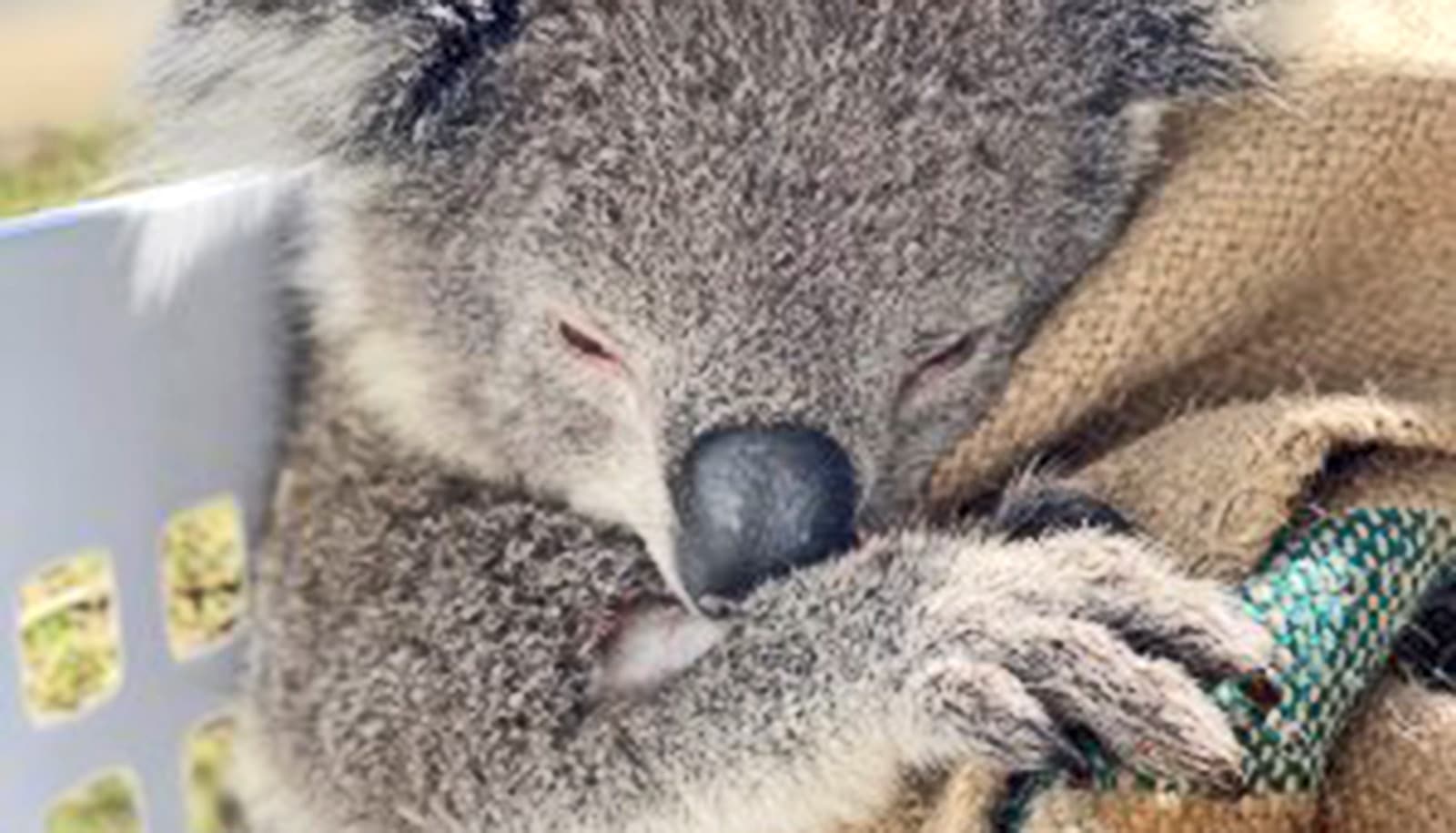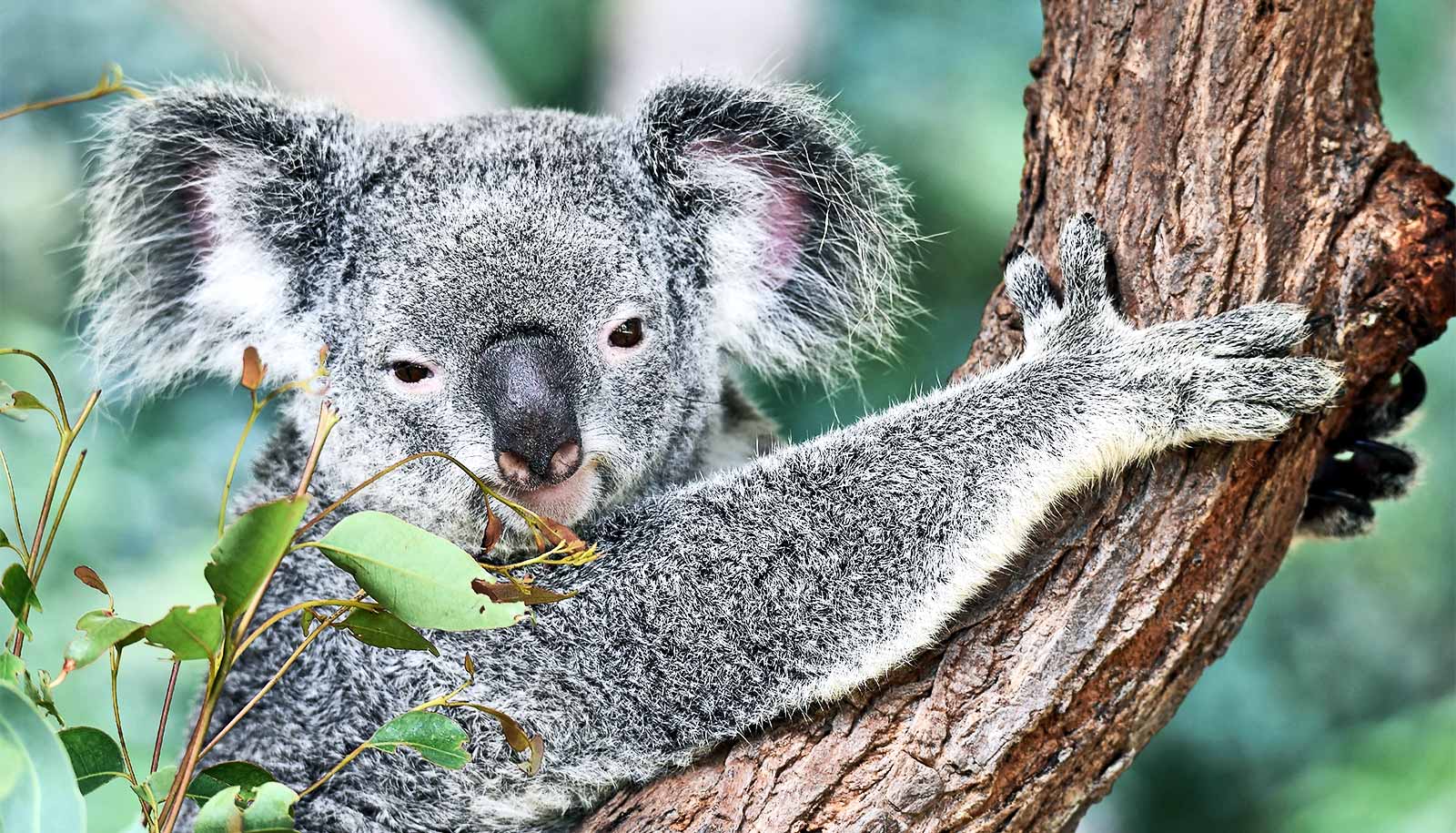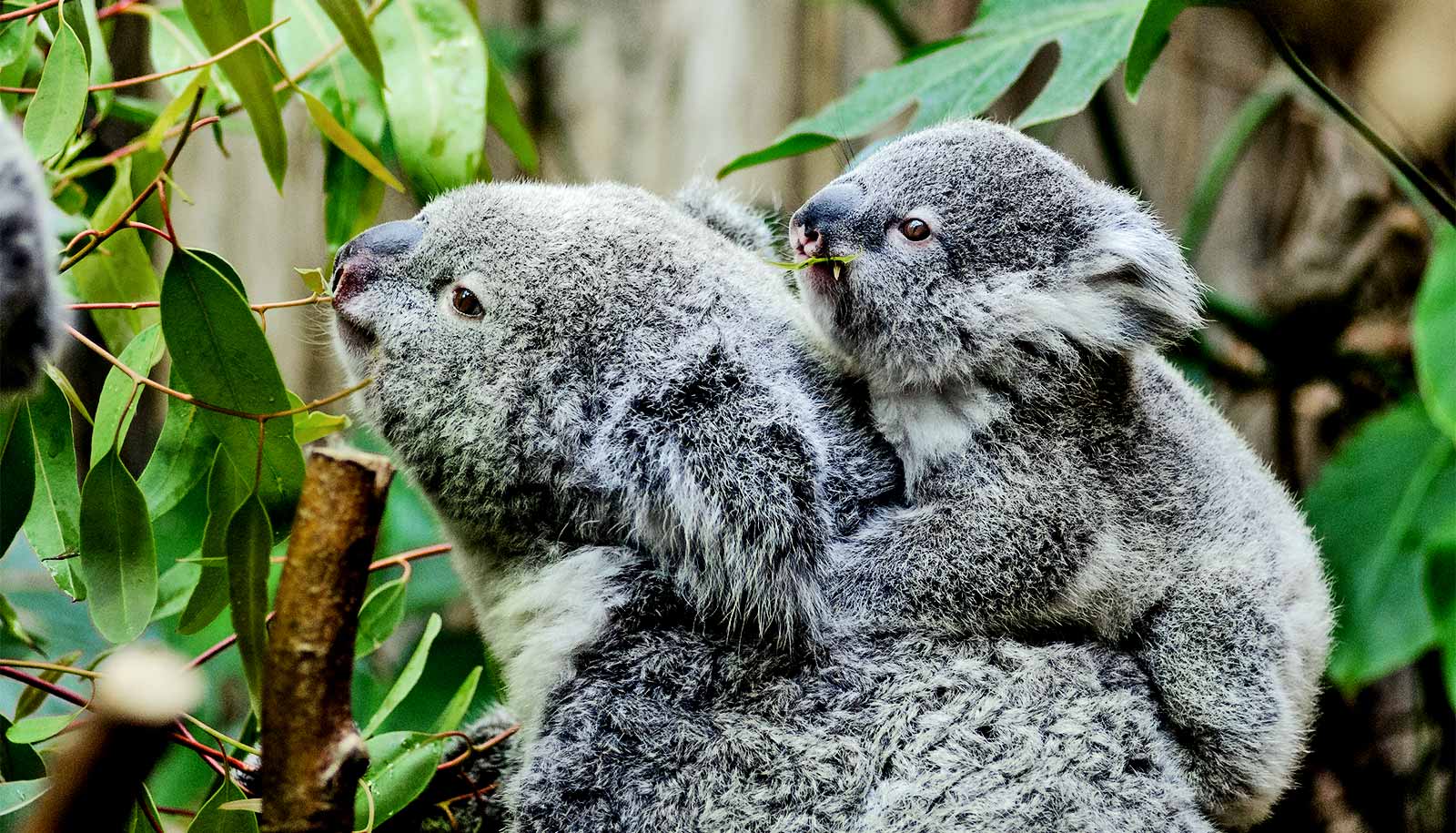An AIDS-like virus plaguing Australia’s koala population is leaving them more vulnerable to chlamydia and other threatening health conditions, a new study shows.
According to the findings, the chlamydia epidemic plaguing endangered koala populations is linked to a common virus that likely suppresses their immune systems.
Researchers made the discovery after studying more than 150 koalas admitted to Currumbin Wildlife Hospital. The study could lead to better protective measures like breeding programs and new anti-viral medications, says Keith Chappell, associate professor at the University of Queensland.
“We know Queensland and NSW koala populations are heavily impacted by chlamydia infections and a retrovirus, but until now a clear link between the two has not been conclusively established,” Chappell says.
“Our research has found that the amount of retrovirus circulating within an animal’s blood was strongly associated with chlamydia and symptoms like cystitis and conjunctivitis, as well as overall poor health. It’s a double whammy for already-endangered koalas.”
Chappell says they found high levels of the virus increased koala’s risk of chlamydia by over 200%.
“There is no question that koala retrovirus and chlamydia are connected, and we believe the retrovirus suppresses the koala’s immune system, making them more vulnerable to disease.”
It was previously assumed that a particular subtype of koala retrovirus may be more capable of causing disease, but this research has found that all the subtypes increase disease and has further highlighted the urgent need to stop the virus circulating within koala populations.
While these findings highlight another threat facing endangered koalas, it could also lead to new ways to treat populations and reduce the risk of extinction, says Michaela Blyton, from University of Queensland’s Australian Institute for Bioengineering and Nanotechnology and School of Chemistry and Molecular Biosciences.
“It is deeply concerning that koalas are facing environmental pressures at the same time as biological threats from a retrovirus and diseases,” Blyton says. “The findings from this study are important for conservation, especially as the koala is now listed as endangered and wild populations continue to decline in Queensland and NSW.
“Research like this helps us understand how the threats facing koalas are interlinked, so we can help find ways to protect the species going forward and closely examine the success of anti-viral medications and breeding programs.”
The study appears in PLOS Pathogens. The researchers now intend to study how environmental factors influence the amount of circulating retrovirus and disease in koalas.
Source: University of Queensland


